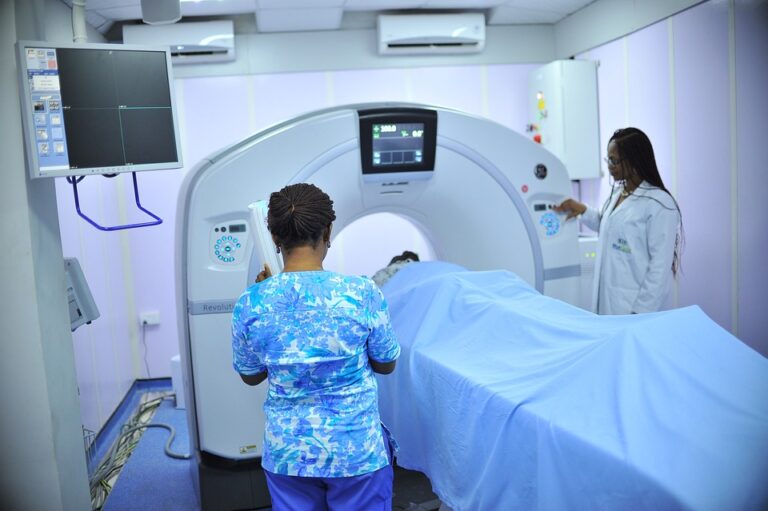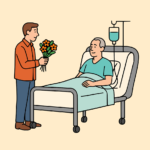Book Appointment Now

Middle Range Theory in Nursing
Nursing theories play a vital role in guiding research, education, and practice. Among the different levels of theories in nursing, Middle Range theory stands out for its practical applications and relevance to both everyday nursing practices and research. This article will explore the significance of Middle Range theory in nursing, its development, and its impact on healthcare.
What is Middle Range Theory?
Middle Range theory refers to a set of theories that fall between grand theories and practice-level theories in terms of abstraction. Developed in the mid-20th century, these theories offer a more focused framework, providing practical guidance that can be applied directly to patient care.
While grand theories tend to be broad and highly abstract, Middle Range theories are more specific and designed to address particular phenomena or aspects of nursing. They are built upon concrete ideas and concepts, making them more testable and applicable in real-world scenarios. By being narrower in scope, Middle Range theory can bridge the gap between theoretical knowledge and clinical practice, improving patient outcomes.
Importance of Middle Range Theory in Nursing
1. Practicality in Nursing Practice
One of the most significant contributions of Middle Range theory to nursing is its practicality. Unlike grand theories, which often lack specific applications, Middle Range theories are directly relevant to day-to-day nursing practice. They offer frameworks that nurses can use to address particular issues such as pain management, patient care models, or stress reduction in specific populations.
For example, Katherine Kolcaba’s Theory of Comfort is a well-known Middle Range nursing theory that focuses on patient comfort as a critical factor in healthcare outcomes. This theory is used by nurses to evaluate and address the physical, psychological, and environmental needs of their patients, making it highly applicable to clinical settings.
2. Guiding Research in Nursing
Nursing research is another area where Middle Range theory shines. The specificity of these theories makes them highly suitable for empirical testing, thereby enhancing the quality and relevance of research findings. By applying Middle Range theory, researchers can design studies that are more focused, improving their ability to measure outcomes and recommend evidence-based practices.
Moreover, Middle Range theories help create testable hypotheses, allowing researchers to examine specific aspects of nursing care. For instance, Orlando’s Nursing Process Theory, which focuses on nurse-patient interactions, has been widely used in nursing research to assess patient satisfaction and care outcomes.
3. Enhancing Nursing Education
Nursing education benefits from the application of Middle Range theory by offering students concrete examples of how theoretical principles can be applied in clinical practice. By incorporating these theories into nursing curricula, educators can provide students with the tools they need to understand the connection between theory and practice, improving their critical thinking and problem-solving skills.
Looking for essay writing help with Middle Range theory and Grand theory?
Help With Nursing Essay
Differences Between Middle Range Theory and Grand Theory
1. Level of Abstraction
One of the key differences between Middle Range theory and Grand theory is the level of abstraction. Grand theories provide a broad perspective on nursing but are often too abstract to be directly applied in clinical practice. On the other hand, Middle Range theories focus on specific phenomena, making them easier to apply in real-world settings.
2. Testability and Practical Application
Because Middle Range theories are less abstract, they are more testable than grand theories. This testability makes them useful in developing evidence-based nursing practices. For example, the Health Promotion Model by Nola Pender is a Middle Range theory that provides a framework for understanding patient behaviors, which can be directly applied in preventive care and health promotion efforts.
Application of Middle Range Theory in Nursing Practice
Middle Range theories provide a structured framework that nurses can use to improve patient care. Here are some ways these theories are applied in real-world nursing practice:
1. Pain Management
Theories like the Gate Control Theory of Pain are examples of Middle Range theory used to guide pain management strategies in clinical settings. These theories help nurses understand the factors that influence pain perception and provide frameworks for developing individualized care plans for patients experiencing chronic pain.
2. Patient Satisfaction
Orlando’s Nursing Process Theory focuses on the nurse-patient interaction and has been used in various healthcare settings to improve patient satisfaction and communication. Nurses utilize this Middle Range theory to better understand patient needs and respond effectively to their concerns.
3. Chronic Illness Management
The Theory of Uncertainty in Illness by Mishel is another example of a Middle Range nursing theory applied in managing patients with chronic diseases. This theory helps nurses address the psychological aspects of illness, guiding interventions that reduce patient anxiety and improve their coping mechanisms.
Middle Range theory serves as a critical bridge between grand theories and practical nursing. By offering specific, testable frameworks, it has a direct impact on nursing research, education, and practice. These theories enable nurses to apply research-driven, evidence-based interventions, improving patient outcomes and enhancing the overall quality of care. Whether used in pain management, patient communication, or chronic illness management, Middle Range nursing theories continue to shape the future of nursing practice.
For those in nursing research and practice, understanding and applying Middle Range theory is essential to delivering effective, compassionate, and evidence-based care. Check out: Application of nursing theory samples
Also read:
- Grand Canyon University – NUR 502 Grand Canyon Week 4 Discussion 2 DQ Select one of the grand or middle-range nursing theories.
- DNP 815 Week 3 DQ 2 Conduct a literature search in the Cumulative Index of Nursing and Allied Health Literature (CINAHL) using the terms middle range theory, mid-range theory, and nursing
- NURS 8114 Week 2 Discussion: Exploring Middle Range Theories and Framing Practice Issues
- Middle Range Theory Discussion
- Middle Range Theories to Practice Discussion







